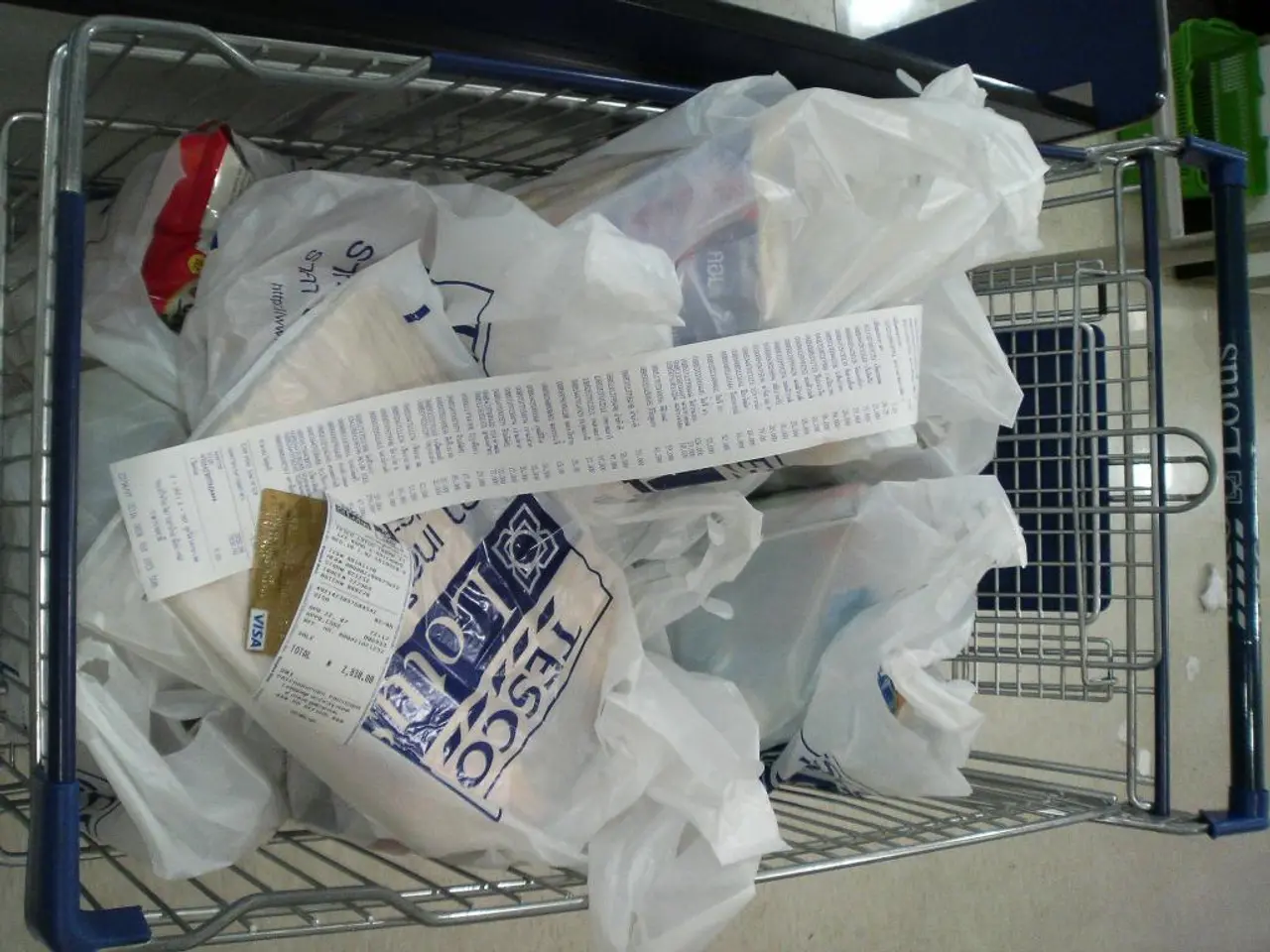The typical interest rate earned on savings accounts
As of July 2025, the national average annual percentage yield (APY) for savings accounts is approximately 0.56% according to Bankrate's survey of nearly 500 institutions[1]. However, high-yield savings accounts are offering significantly higher APYs, typically in the range of 4.0% to 4.44%, with some online banks advertising rates up to 5.00% APY[2][5].
When comparing online banks to traditional banks in terms of APY and minimum balance requirements, online banks generally offer much higher APYs on high-yield savings accounts than traditional brick-and-mortar banks. While traditional savings accounts among large national banks often have rates near or below 0.01% to 0.38%, online banks frequently offer rates above 4%, greatly outpacing the national average[1][3][4].
Regarding minimum balance requirements, many online banks have low or no minimum balance requirements to earn the advertised high APYs, making them accessible for savers. However, some high-yield accounts may require a minimum deposit or balance to qualify for the highest APY tier, so it's important to check each bank's terms[2].
Traditional banks, especially those with physical branches, often have higher minimum balance requirements and lower APYs due to higher overhead costs and less competitive rates[2][4].
Key Differences Between Online and Traditional Banks
| Aspect | Online Banks | Traditional Banks | |---------------------|---------------------------------------------|---------------------------------------| | APY on Savings | Typically 4% to 5% (high-yield accounts) | Often below 0.5%, sometimes as low as 0.01% | | Minimum Balance | Often low or none, but can vary by bank | Typically higher minimum balances | | Access | Usually online only, no physical branches | Branch access available |
Choosing an online high-yield savings account can provide substantially higher returns with relatively low barriers to entry, whereas traditional banks typically offer more limited rates and may require higher minimum balances[1][2][3][4][5].
One notable example is U.S. Bank, which offers a higher APY by pairing a qualifying checking account with a Bank Smartly savings account. If you have another qualifying U.S. Bank account and have $5,000 or less across accounts, you'll earn 1 percent APY. With at least $25,000 in combined balances across accounts at U.S. Bank, you'll earn 3 percent APY or more[4]. The standard APY on Bank Smartly savings is 0.05 percent APY on any balance, but the relationship rate at U.S. Bank could be significantly higher[4].
It's important to note that the APYs shown in this article are as of July 24, 2025, and may have changed since they were last updated[5]. Additionally, online banks may vary APYs by region for some products[3].
Comparing online banks with larger banks can result in finding banks offering APYs multiple times higher than the national average savings rate, making them a compelling option for those seeking to maximise their savings returns[1].
[1] Bankrate. (2025). Best High-Yield Online Savings Accounts. Retrieved from https://www.bankrate.com/banking/savings/best-high-yield-online-savings-accounts/
[2] Bankrate. (2025). Best High-Yield Savings Accounts. Retrieved from https://www.bankrate.com/banking/savings/best-savings-account-rates/
[3] Bankrate. (2025). National Average Savings Account Rates. Retrieved from https://www.bankrate.com/banking/savings/average-savings-account-rates/
[4] U.S. Bank. (2025). BankSmartly Savings Account. Retrieved from https://www.usbank.com/banking/savings/banksmartly-savings-account/
[5] Bankrate. (2025). Best CD Rates. Retrieved from https://www.bankrate.com/banking/cds/best-cd-rates/
- To maximize personal-finance returns, consider opening a high-yield savings account with an online bank, as they provide substantially higher APYs compared to traditional brick-and-mortar banks.
- In terms of finance, choosing a high-yield savings account with an online bank can significantly outpace the national average annual percentage yield (APY) offered by traditional banks, making it an attractive option for savers.




